In a long read interview, Akio Kunisawa talks with photographer David Godlis about the legendary CBGB venue and the NYC music scene from 1970-80
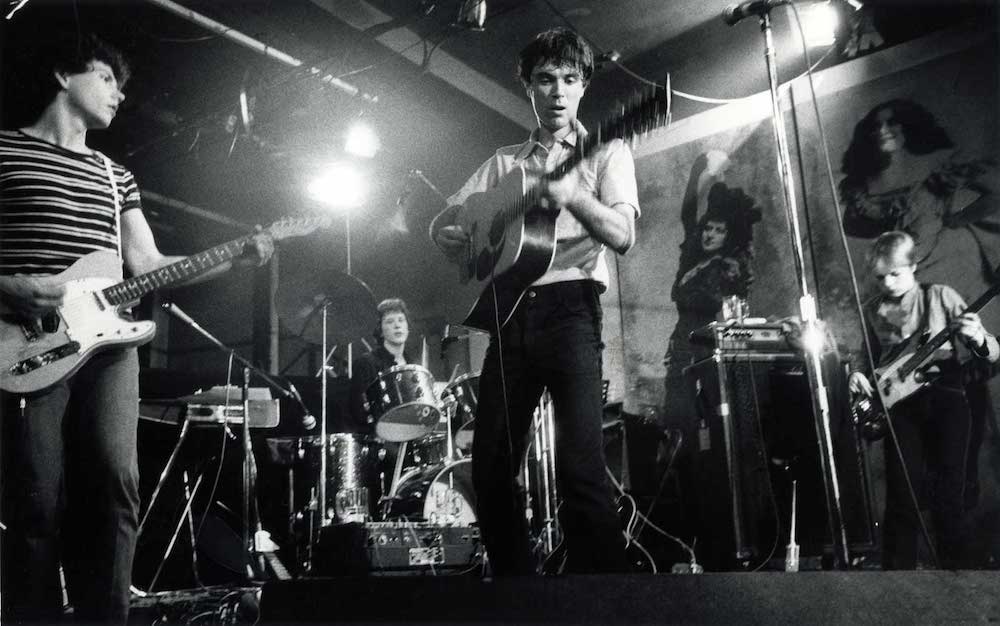
How did you get interested in photography?
I went to school in Boston, originally to study writing. A year after, I took a trip and bought a camera on my way home. When I started taking pictures, people liked my pictures. I just took pictures of my friends, and then I started to go to the library and look at photography books. I saw there was a history of photography from Mathew Brady to Cartier-Bresson to Robert Frank to Diane Arbus. I started to see there was this thing called photography.
I realised I do this well and it interests me, so I think this is really what I want to do. So I took a class on photography and learned to develop my own film and go in a dark room. Then I went to a photography school (Imageworks in Cambridge, Massachusetts) that was just for photography, which there weren’t many of in the 1970s – anywhere.
The thing I wanted was to be with people who had the same interest as me in photography. People like Garry Winogrand and Weegee and Atget. In 1972, before I went to this photo school, I came to New York to see the Diane Arbus exhibition at MoMA. It was the first big exhibition after she died in the summer of ‘71. I was aware of her, but I was not aware of how many great pictures she took, and this was everything all in one place. I remember being completely blown away. I got the book. I went back to Boston. That changed me.
So I was changing and learning and absorbing all kinds of things. Then I went to Florida in 1974 to visit my grandmother in Miami Beach. I spent time photographing for about a week when I was visiting her, just walking on the streets of what is now South Beach. There were a lot of older Jewish ladies and men, retired, and because I’m Jewish I sort of got along with everyone. They all wanted me to meet their granddaughter. So I had a way to talk with everyone. I remember being a little child – my grandfather used to take me to this spot. I had a relationship with this place.
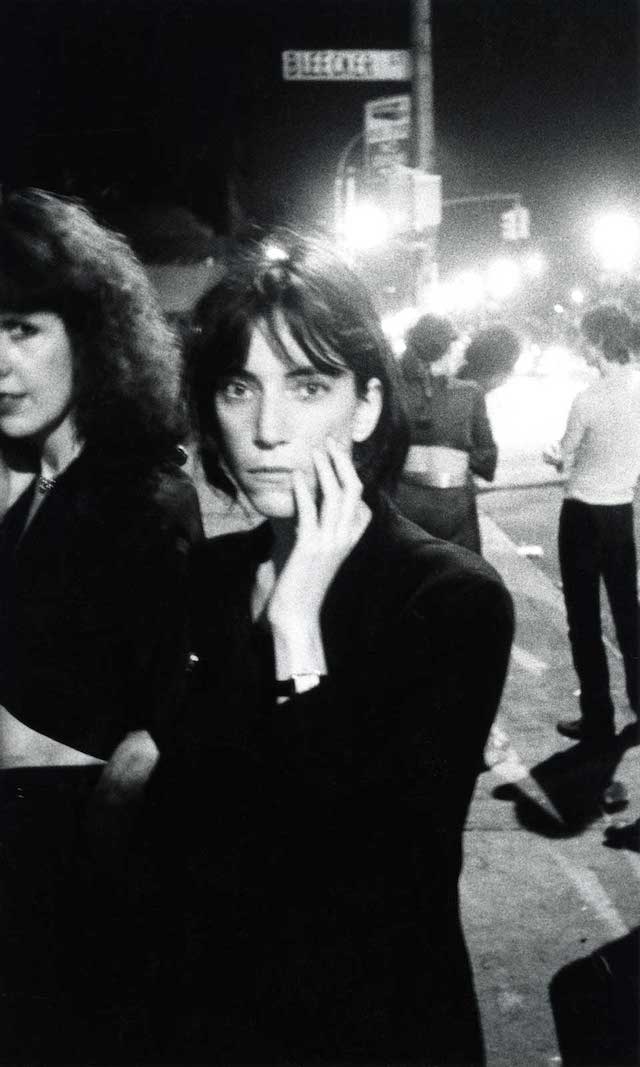
When I came back to Boston with these pictures, everybody was like “how did you get these?” I said I just let myself take pictures, I didn’t try to be anyone. I realize now, that was the first time that I took pictures that now I consider really good; as good as anything I’ve taken my whole life. It was the beginning for me.
By 1975 it was time to get work. New York had more chances to get work and it seemed safer than Boston. People talk about New York being really unsafe in 1976. Every place was not safe; the economy was not good and there were tough people everywhere. But in New York, I thought I could make a go of it, and at least I can take some pictures.
I also wanted to take pictures on the streets of New York, because it’s a particular looking place. It’s made for street photography. It’s perfect for horizontal pictures; there’s tall buildings for vertical pictures; people walking.
It’s like paying admission. You come to New York, you get a job, and now you can walk around the streets and take pictures. Everything I did up to that point in my life was to get further good pictures.
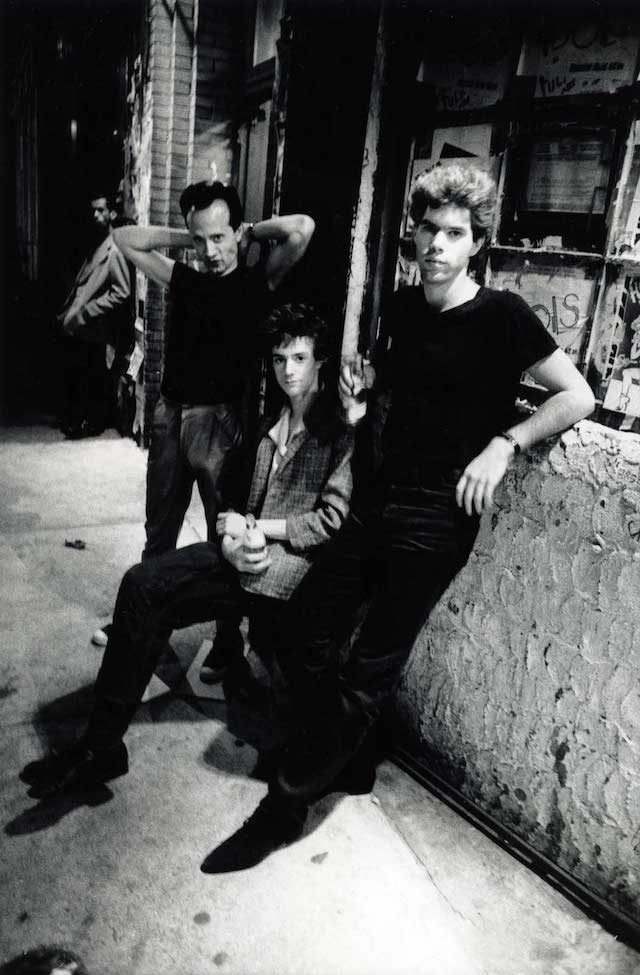
How would you describe CBGB from 1976 to 1979?
It was like the neighbourhood bar, where maybe your friend’s band was going to get a record contract and become Blondie, or maybe your friend’s band wasn’t. It was a lot of fun, and it wasn’t very expensive, and it was all night long.
A lot of us were living in the Lower East Side, in the East Village. It’s always been hard to find an apartment in New York. But the area was still cheaper than the rest of New York City and more apartments were available. I was there to see people on the stage and off the stage. Because even the people on the stage were sitting at the bar after they were on the stage watching the other band, who were sitting watching them.
That older music I liked. People weren’t doing that anymore. When I went into that club, I thought “this is really interesting,” because it’s new and it went back to the 60s of, like, just short songs and a few chords. I didn’t want to be anywhere else. You know there’s always something going on in New York. Disco was going on uptown, but this was all I wanted to do every night. I was very lucky, I recognised when I walked in that I could do something with my camera; I could walk away with something.
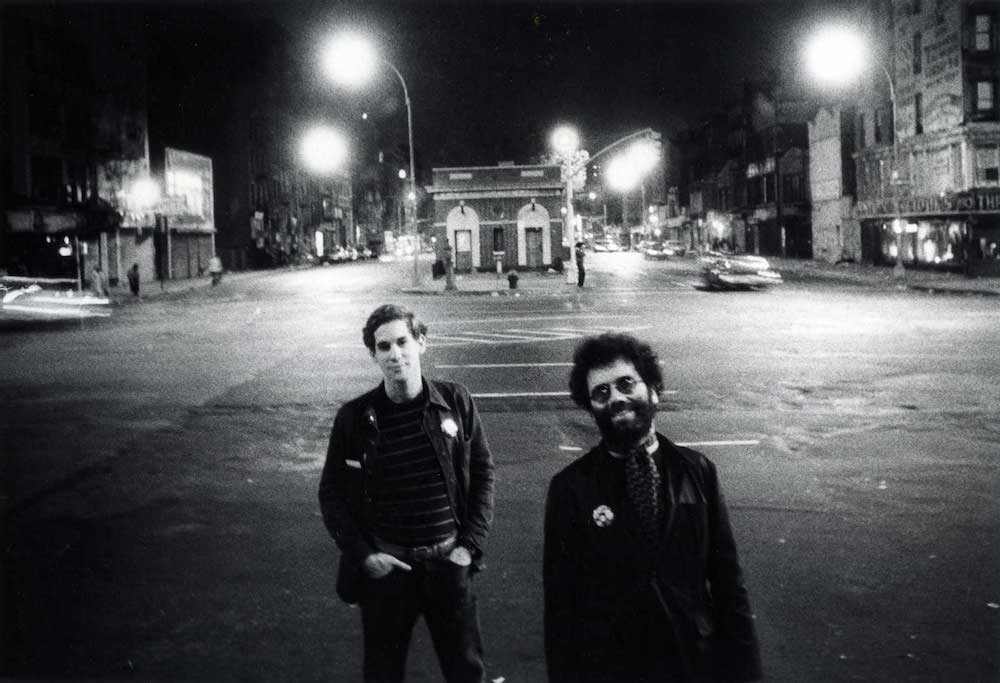
What kind of people did you meet?
Everybody was looking for a place to go. If you were a guy like Jim Jarmusch in film school, you’d go to a place that had good music, interesting-looking people. I met filmmakers – Eric Mitchell and Amos Poe. All kinds of artists, all kinds of people that weren’t going to do something with their lives but were very interesting.
Terry Ork (Ork Records) and Charles Ball (Lust/Unlist Music), people that ran record companies, everybody was trying to do something. So every night was an interesting night full of people. There were a lot of bands that have not gotten famous, but they were interesting.
It wasn’t like I was going to an “event,” like the way it is now where everything is planned. It was pretty much “If I go down there, I’m gonna run into something interesting.” And eventually you develop relationships with all the people. You don’t know that Jim’s gonna be the guy who makes Stranger Than Paradise, you just know he’s an interesting person who’s going to be doing something.
We all wanted to be in this place. There was no place else that we really wanted to be; there was no other “there” to go to. Later there were more clubs, but in 1976 there was really Max’s Kansas City and CBGB. There were only just so many people that wanted to hear this music. It was hard for a third place to happen. When a third place finally did happen, with the Mudd Club, and then Hurrah, suddenly there were lots of places to go. But in these early years there were just a few places and a few people.
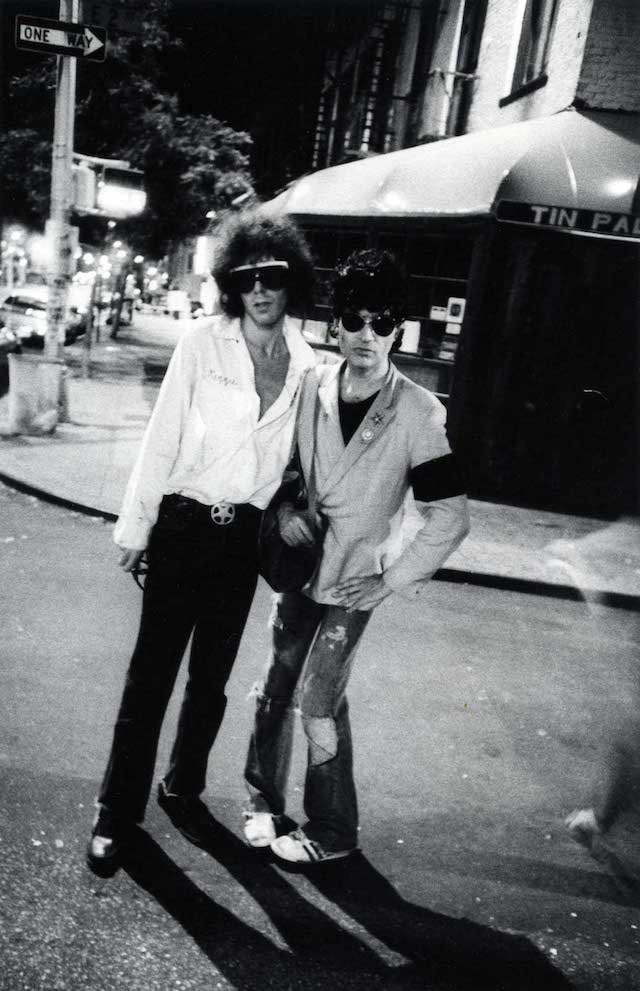
Could you tell the story about your first visit to CBGB?
I was looking for some place to hear music and meet people. I saw the advertising in the back of the Village Voice newspaper for CBGB. At the time you paid for it, it was like a Time Out guide to things going on, but it had advertising for nightclubs and movie theaters.
I saw the ads for CBGB and they impressed me because they were very plain, in kind-of block type fonts, no flourishes, nothing special but the names of bands and CBGB, black and white. And the bands had funny names, like Television, Ramones, Suicide, Talking Heads… those all seemed like strange and interesting names.
So I thought “I’ll see what this place is like.” I went down to the Bowery, where it was pretty empty. Not like it is now at all. All there was here at night were gas stations and Bowery bum hotels.
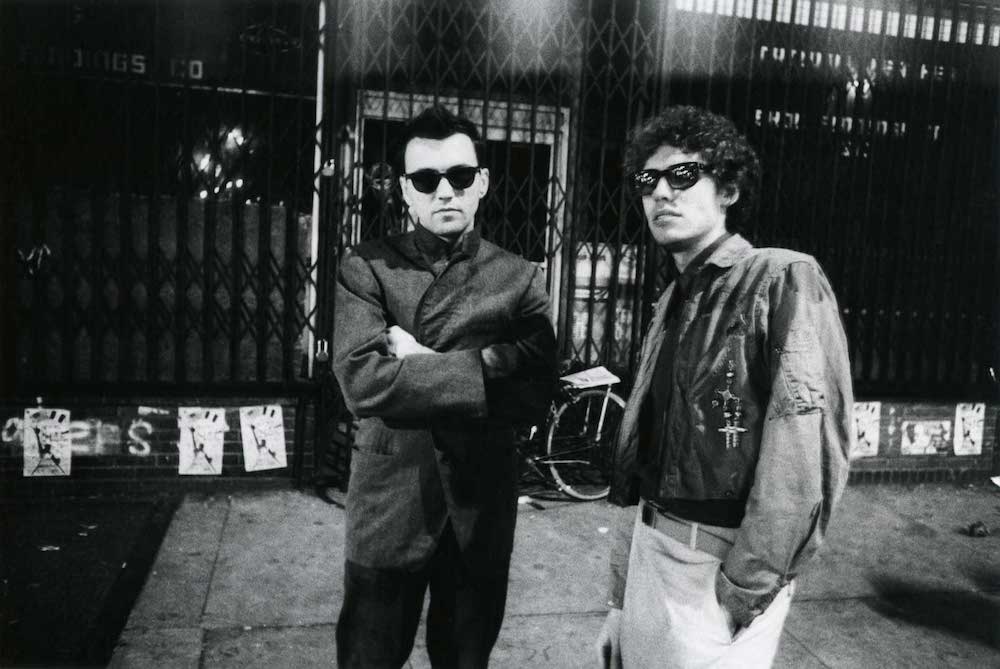
No place to hang out?
No. Very deserted. People didn’t think it was safe. But also there was no reason to be there, because there was nothing really there.
So I saw the awning. I went in and the first thing I saw when I went inside was Roberta Bayley. She sat at a desk in the front. She had a look, a style that you now understand to be the “punk” style, wearing black; just a style of dress, make-up, and everything. In 1976, it was just different than anything else.
Then I walked in. The club was like a long bowling alley. It was thin and long, and the stage was way down and away. The band I saw that night was Television. There weren’t many bands that just dressed in their regular clothes onstage. Yet they had short hair and straight black jeans, not bell bottoms, which everyone was wearing. At that time, you couldn’t even find straight jeans in a store.
And so I sensed something interesting was happening here and I went back a few nights. I saw Ramones. I saw Talking Heads, and I decided this was a place that I was going to go to, because it was not expensive; it was really interesting; the people were really cool and fun. You know, not scary – the vision of a punk club is scary, but it was not.
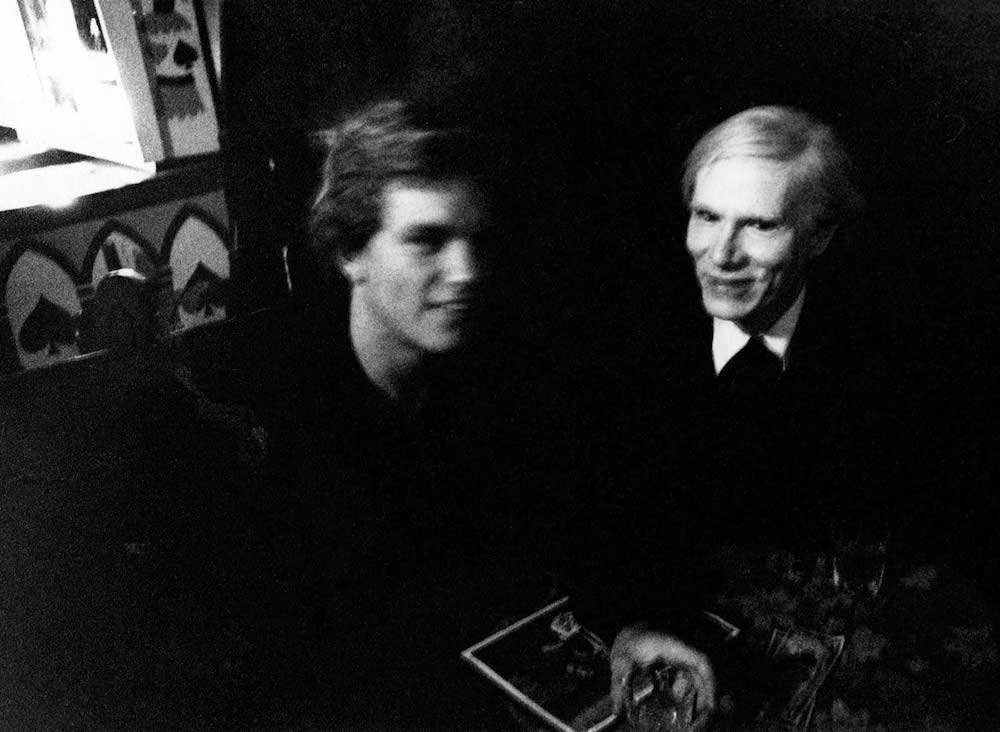
When did you decide to shoot at CBGB?
I went back, and I went back. And maybe a few nights later, I was at the bar. It was late at night. I was a street photographer, so I came to New York to photograph by day, on the streets. I didn’t really come to New York to be a rock and roll photographer, but I ended up in this very interesting place. I remember sitting at the bar thinking “what can I do here.”
I had been looking at a book by Brassaï, the French photographer who had been photographing Paris in the 1930s, and I was very taken with his night photographs. So I was sitting at CBGB’s thinking maybe I can do like Brassaï, and photograph at night here, without flash, just by natural light.
A lot of people would leave the club to smoke a cigarette or, if it was hot inside, go to get some fresh air. In between sets, people would hang out on the street, and I thought the street lights kind of light them up, so I can figure out how to take pictures using that light. It all sort of came to me one night.
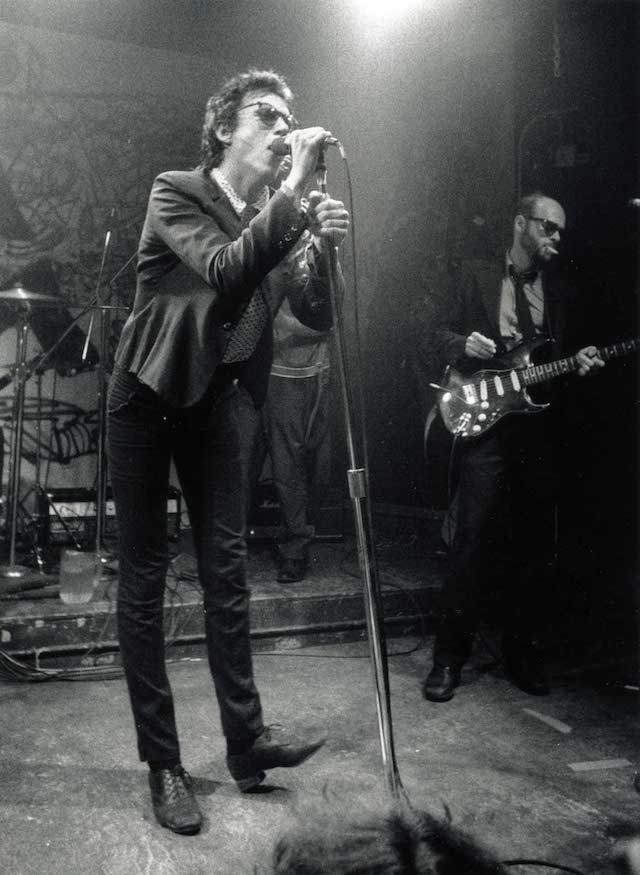
Tell me a bit more about why you decided to shoot like Brassaï
It wasn’t just Brassaï, but this Brassaï book came out at just the right time in 1976 (The Secret Paris of the 30’s). He was still alive. He was probably closer to the age I am now when he put out this book. I didn’t understand that. I fell in love with the pictures and the stories about what it was like to be spending nights out in 1930s Paris. The book was a guide of how to make a book of night photographs. So Brassaï was kind of “the guy” for me.
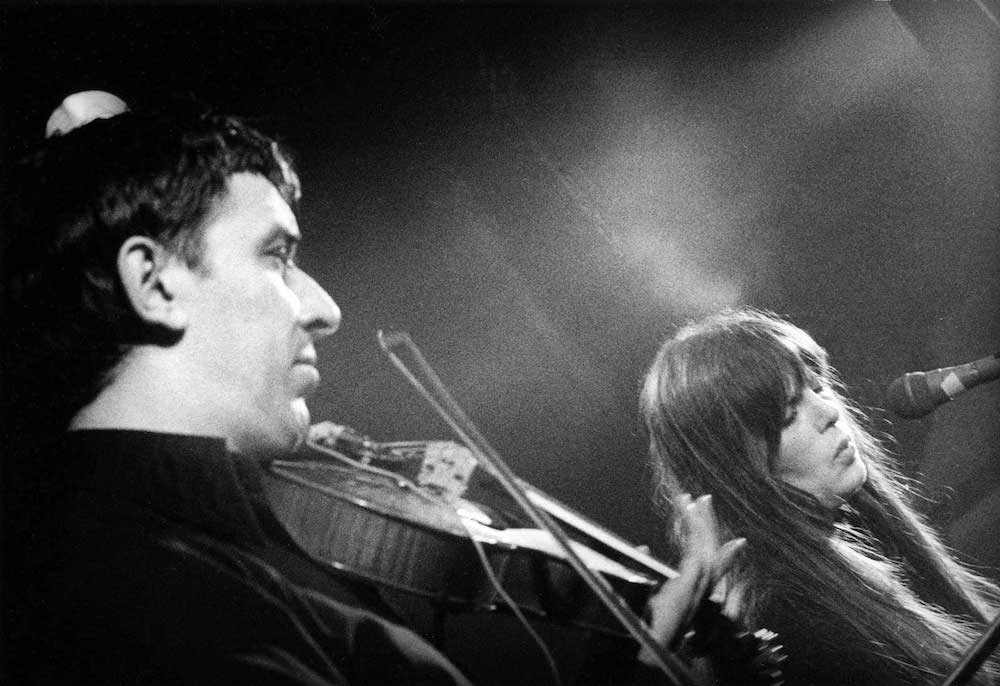
Could you tell me about your method of shooting at CBGB?
One night I tried to shoot. Then I figured out the right way. I did work technically for a few weeks: the type of films, chemical developments for the film and papers—it was an experiment in the darkroom.
I wanted to capture the situation that was going on there in real light, so people could see what it was like to be at that club. That was my training in photography; it was a little bit more art than journalism or documentary. It was just how to show what this place felt like to me.
I had a reason to do something with my camera at the same time as I was enjoying myself, listening to music and meeting people. It was a project, but it was a project in a place that I wanted to be.
I would go in the dark room every couple of days, develop the film, make prints, put them in a box, and take the box to CBGB and show them to the people. I would bring it down so people would understand what I was doing, and understand how I could take pictures without a flash at night. It was my way of working with people. When I first started to do it, I showed some people in Boston some pictures I was taking. They asked me “why are you taking photos of musicians?” Because it wasn’t considered artistic, it was something else.
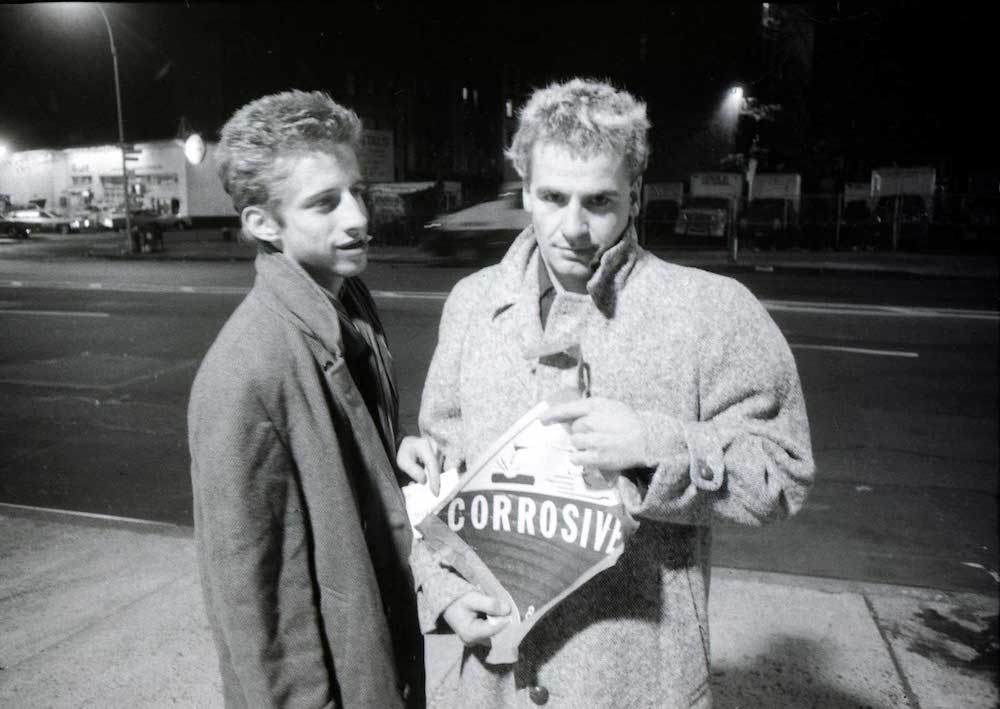
About fashion, what were the people at CBGB inspired by?
There were people like Anya Phillips there who were designing ways to look if you were a girl. And then were was Sylvia (Sylvia Morales) who married Lou Reed later. This was a look that nobody had, except them; you can see the 60s in them, and you can see them picking up a little thing from Japan, a little thing from America.
There were a lot of things that people were picking up on and going like “this is an old style, but I think I can make a new style out of it.” Anya would go shopping up on 14th Street, where a lot of the clothes that were leftover from the 60s were still available to buy because nobody wanted them anymore.
They were evolving ideas from people there every night, musicians on stage sometimes got ideas from the people off-stage; things were moving back and forth. Everybody looked at everybody else. Every night was like that. It was an experimental situation. People invented the place.
All of us were big film fans. Terry Ork, who was Television’s manager, ran a bookstore called Cinemabelia. If you look at an old Godard movie like Breathless, you can see where Richard Hell got his idea of how he wanted to look. It’s from watching those movies. You know, like “let’s look at how Jean Seberg and Jean-Paul Belmondo were dressing ten years ago and let’s do that.” Oh, and Film Noir, a lot of Film Noir by Sam Fuller.
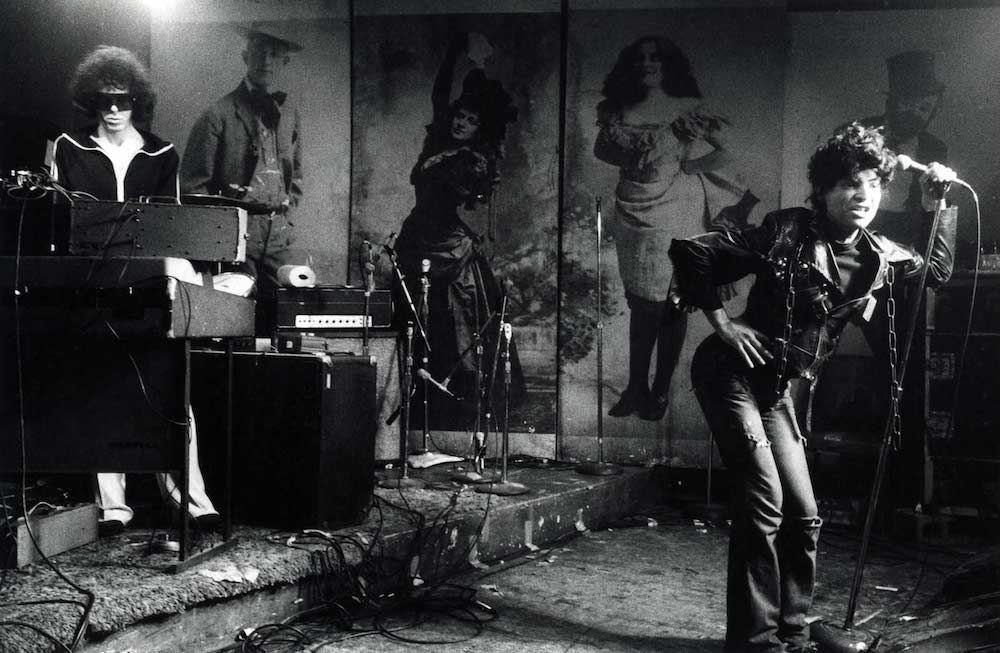
How did you end up making History Is Made At Night?
I understood the book was done when I shot John Cale and Nico in 1979. That was really the last thing I needed. Three years (1976-1979) was the right time period. The book was going to be at night, at CBGB. From the first night I went and saw Television to the night I saw John Cale and Nico—that would be my book. Once I had the concept, it would stay in my mind for years.
I have a cassette, a mixtape with all the bands from CBGB. I sent that around with the pictures, with an agent to publishers, thinking maybe this will help them understand. Cassettes—that’s the 80s; the 90s, right?
I wanted to do a well-printed photo art book. I knew it had to be the right shape, the right size, the right sequence; I’d been carrying it in my head for so many years. Nobody would give me the money who would understand that. I was still trying to do this like five years ago, ten years ago. Kickstarter was one way I could do it right, it turned out.
Publishers would use my photographs in other people’s books, but they never understood there should just be one book with my pictures. I don’t think they ever understood the concept of “this is three years in one place at night, by this guy.” They didn’t think they could sell it. When I did the Kickstarter, all of those same people from the publishers were buying the book.
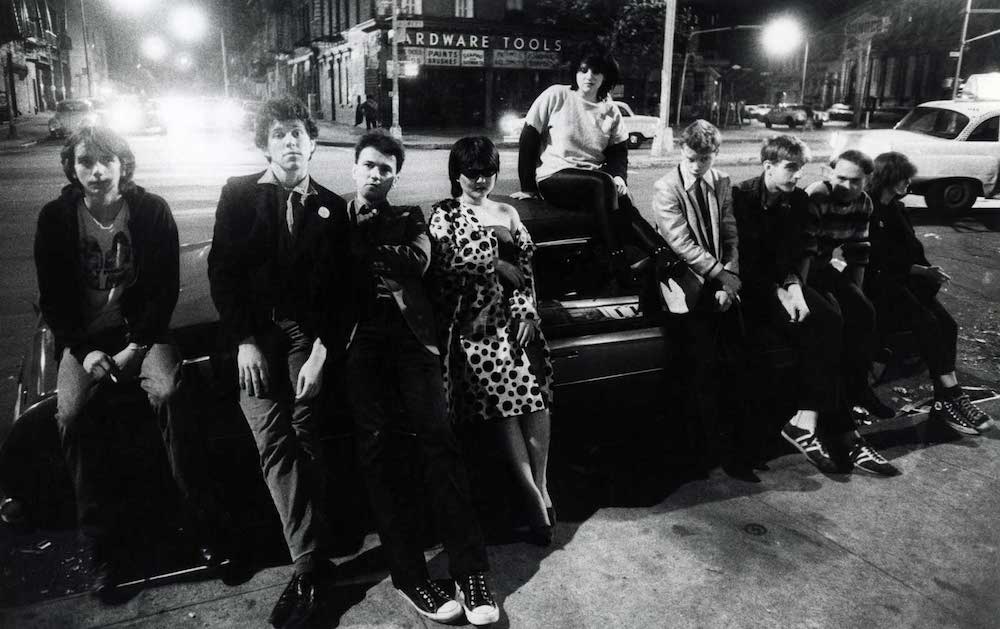
What’s the significance of the cover photo for you?
The cover photo is called “No Wave Punks.” The second from the left is Kristian Hoffman, who was in The Mumps. Diego Cortez, next to him, started the Mudd Club with Anya Phillips next to him. Diego was really the first person who promoted Jean-Michel Basquiat. Lydia Lunch is sitting on top of the car. Next to her is James Chance, who was in the Contortions. Anya was also a manager for James. Next to him is Jim Sclavunos, who was in Teenage Jesus with Lydia. Eventually he became the drummer for Nick Cave and the Bad Seeds. Next to him is Bradley Field, who was in Teenage Jesus too. I mean, how could you not go back every night, if that’s who you’re seeing every night?
Godlis is a photographer based in New York. GODLIS.COM & @GODLIS




